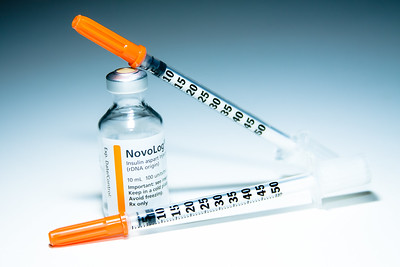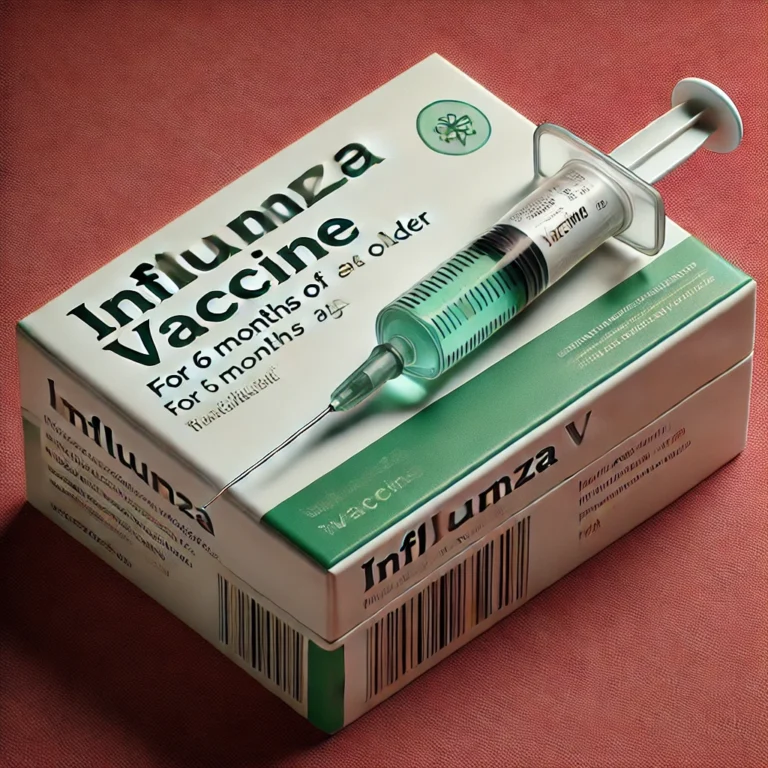The soaring prices of prescription medications, particularly life-saving drugs like insulin, have long been a topic of concern for Americans. Diabetes patients, in particular, have felt the weight of exorbitant insulin costs. In response to this issue, US senators are taking action, pushing drugmakers to provide details about their low-cost insulin programs. This move aims to promote transparency, enhance affordability, and improve access to this essential medication for millions of people across the country.
Understanding the Insulin Affordability Crisis: Diabetes, a chronic condition affecting millions, requires careful management and consistent use of insulin. However, the rising costs of insulin have made it increasingly difficult for patients to access the medication they need. This affordability crisis has sparked a nationwide conversation about pharmaceutical pricing, prompting lawmakers to address the issue head-on.
US Senators Advocate for Transparency: Recognizing the urgent need for change, a group of US senators has taken a proactive stance by urging drugmakers to divulge information about their low-cost insulin initiatives. The goal is to shed light on the efforts being made within the pharmaceutical industry to make insulin more affordable and accessible.
Benefits of Pharmaceutical Transparency: Transparency in healthcare pricing can have far-reaching positive impacts. By disclosing details about low-cost insulin programs, drugmakers can build trust among consumers and the healthcare community. Transparent pricing can also encourage healthy competition among pharmaceutical companies, leading to more competitive pricing across the industry. Ultimately, this can result in improved access to vital medications for those who need them the most.
Empowering Patients and Healthcare Providers: When patients and healthcare providers have access to information about low-cost insulin programs, they can make more informed decisions about treatment options. This empowers individuals to choose the most suitable and affordable insulin regimen for their needs, reducing the financial burden associated with managing diabetes.
The Path Forward: As the discussion on pharmaceutical pricing and insulin affordability continues, the pressure on drugmakers to be transparent about their low-cost insulin initiatives is expected to grow. By prioritizing patient well-being and ensuring access to life-saving medications, pharmaceutical companies can contribute to a healthier society and regain public trust.
Conclusion: The efforts of US senators to push drugmakers for details on low-cost insulin programs mark a significant step toward addressing the insulin affordability crisis. With transparency as a guiding principle, the healthcare industry has the potential to transform and provide better access to vital medications for millions. By advocating for change and encouraging dialogue, lawmakers and pharmaceutical companies can work together to create a brighter and more affordable future for diabetes patients across the nation.












